The chest of drawers' belt is curved and forms a "bridge" (the middle drawer is missing). The chest of drawers is topped with a red Campan griotte marble top.
Attributed to Etienne Doirat.
Regency period.
Usual restorations, restored marble, two missing side handles added.
H. 84 x W. 107 x D. 60 cm
The piece of furniture in our study is a chest of drawers that we can date from the Regency period. Several elements give us clues as to its dating, but also as to its maker. We can easily attribute this chest of drawers to the cabinetmaker Etienne Doirat (1675-1732). It is a chest of drawers called "bridge" (so called for the shape of its frame forming a "bridge"). This curve on the front, on the sides and the uprights indicate that the Louis XIV style is no more. These assertive curves are the result of very great technicality. This know-how continued to develop and improve in this first third of the 18th century. The richness of the bronzes also marks the production of this period. Indeed, they are not only there to reinforce the solidity of the furniture, but also have a decorative role. The fashionable motifs are inevitably the shell and the heads of characters as our chest of drawers proves to us. Moreover, it is notably thanks to his bronzes that we can attribute it to the talented cabinetmaker Etienne Doirat. His production is composed in particular of numerous chests of drawers. According to Jean Dominique Augarde, only his late works are stamped (remember that the stamp is only mandatory from 1743).
Thus, several chests of drawers bearing "his signature" remind us of the work in our study. This is the case of lot 25 of the sale of March 14, 2018 at Christie's London, and of the signed chest of drawers reproduced in the article by Mr. Jean Dominique Augarde in "Etienne Doirat, Menuisier en ébène" in the J. Paul Getty Museum Journal. On the other hand, the importance given to the curling of the marquetry can only confirm the attribution to Etienne Doirat. He particularly appreciated highlighting the veneer woods, which he carefully selected from among the most prestigious species (such as amaranth, violet wood, rosewood or even rosewood).
Diamond points are motifs that he particularly liked. This chest of drawers is so full of details, whether in its bronze fittings or in its milling, that it is impossible not to notice its high quality.

















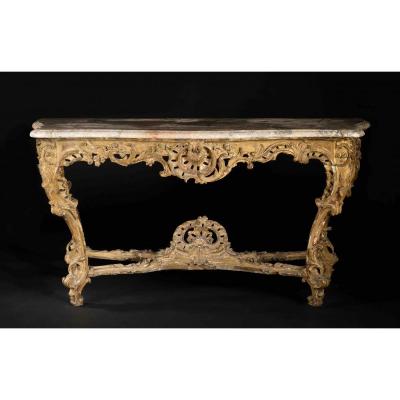
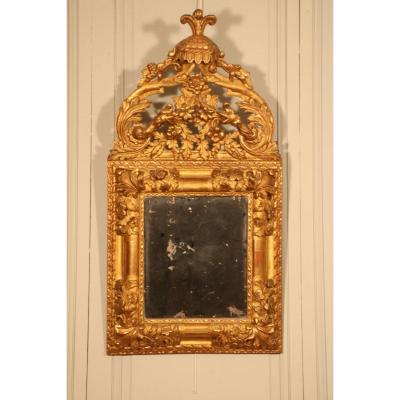
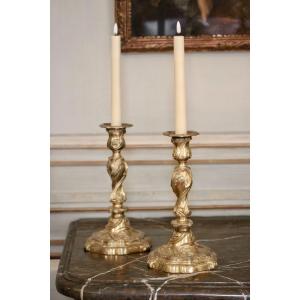
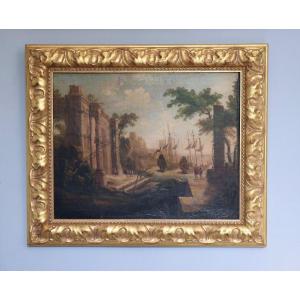
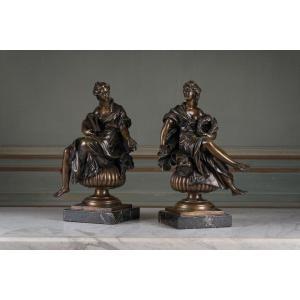

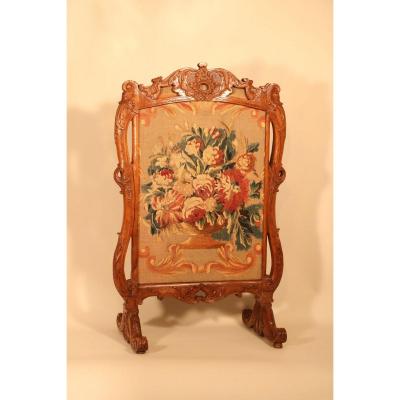
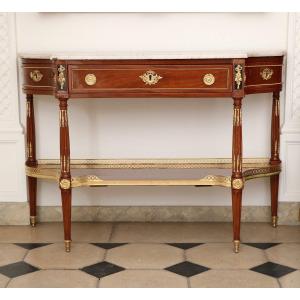
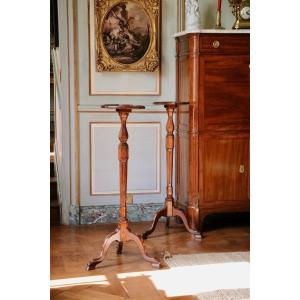
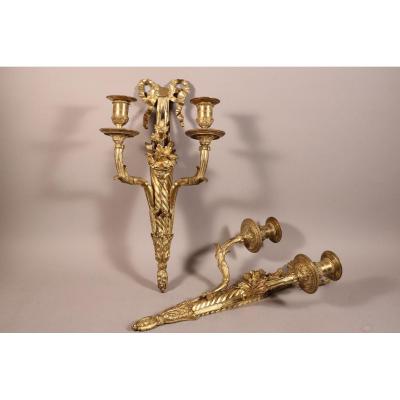
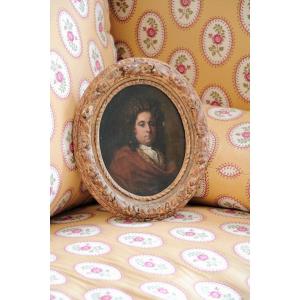




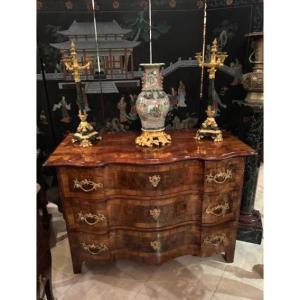


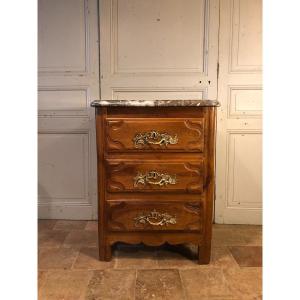
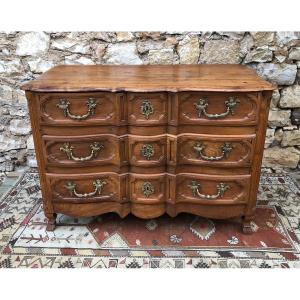



 Le Magazine de PROANTIC
Le Magazine de PROANTIC TRÉSORS Magazine
TRÉSORS Magazine Rivista Artiquariato
Rivista Artiquariato